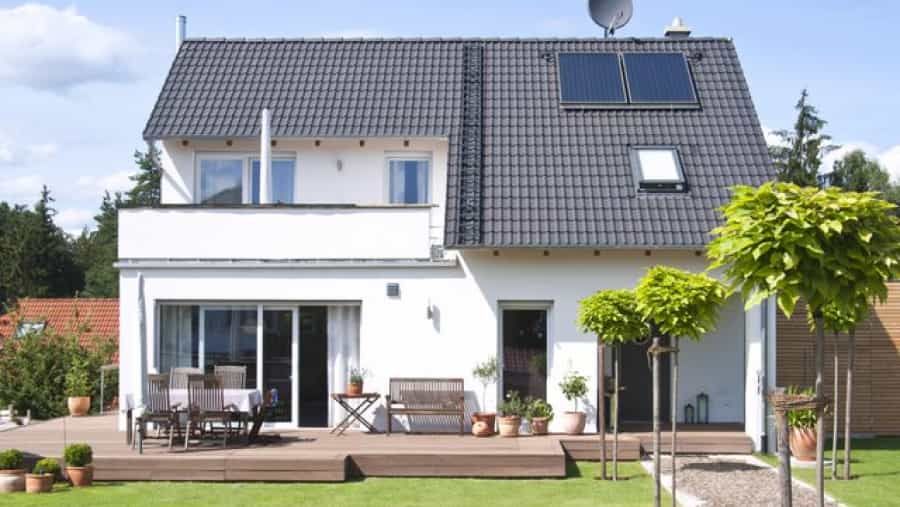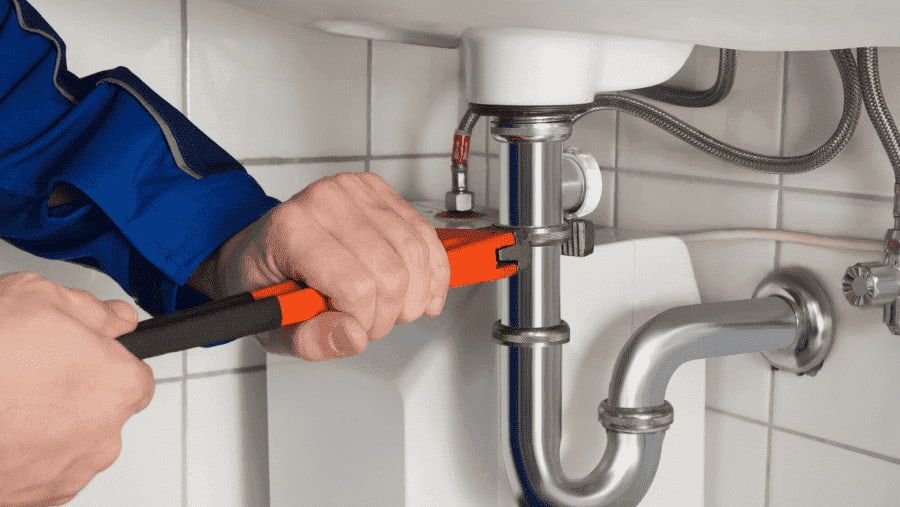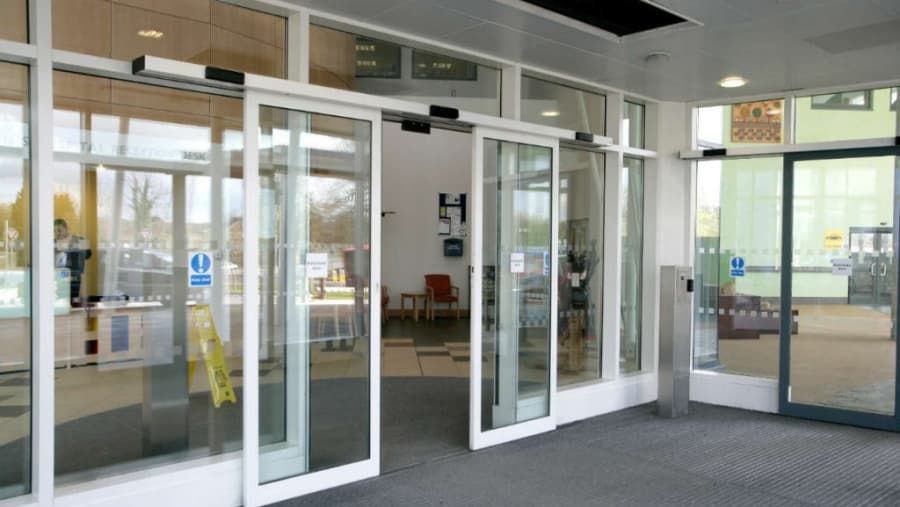Why Are Modular Homes Becoming a Preferred Choice for Us
Modular homes (prefabricated homes) are not constructed bit by bit at a site but built as sections (modules) in a controlled factory environment while being shipped to the construction site, and assembled and put into place once they arrive. This article takes a slow look at modular homes.

The Benefits of Modular Homes
1. Cost Efficiency
When it comes to modular housing, one of their main advantages is their cost benefits. Building homes in a factory environment means lower labor costs and less waste. Moreover, the controlled environment makes sure that resources are being utilized efficiently, thus lowering costs. Modular homes can be a mass-produced and outputted process compared to stick-built homes, usually making the price lower than a stick-built but without losing quality.
2. Speed of Construction
A typical modular home has a much shorter construction schedule. Traditional homes can take up to years to finish, while modular homes can be built on site within a few weeks. That speed can be particularly advantageous in areas with housing shortages or where rapid occupancy is necessary, like in areas affected by disasters.
3. Durability and Safety
Modular homes can endure the challenges of transportation and assembly, so they are very durable homes. In addition, they are built to comply with, or exceed, local building codes and standards, which ensures safety and quality as well. In fact, hurricane and earthquake tested modular homes often outperform traditional homes in extreme weather due to their stronger construction methods.
Emerging Trends in Modular Homes
1. Incorporation of Smart Home Technology
Thanks to technology, high-end features are being included in modular homes and they are quickly becoming a smart home. From automatic lights and temperature regulation to security systems and voice-activated assistants, modular homes are proving grounds of innovation. While technological innovations do their part to make our live more convenient, they also contribute to energy efficiency and comfort within the home.
2. Micro-Living and Tiny Homes
While minimalism and downsizing have been brought into the mainstream, a growing trend focuses on even smaller space — micro-living, tiny homes. Modular homes are a perfect match for this trend because they provide compact yet practical spaces that are affordable and less wasteful. These houses are ideal for singles or couples who would like to downsize and attempt to do so with minimum impact on the environment.
3. Communal and Multi-family Living
The modular construction trend has also hit in the multi-family housing. Modular methods are being employed by developers to assemble apartment buildings, townhouses and entire neighborhoods in less time. It makes construction time not just shorter but easier to create mixed-uses that cater to a variety of lifestyles.
4. Modular Homes Adaptive Reuse
Another growing trend is adaptive reuse of modular homes. These homes are easy to disassemble, transport, and reconfigure for new purposes — such as housing in a disaster zone or pop-up storefronts in a city. This adaptability makes modular homes very useful in meeting several needs of the society.
Modular homes are shaping the future of living. So let us all to be more creative and be more savvy into housing designs that we create and better adapting it into a more sustainable and efficient living designs that will be a trend for a better future.









